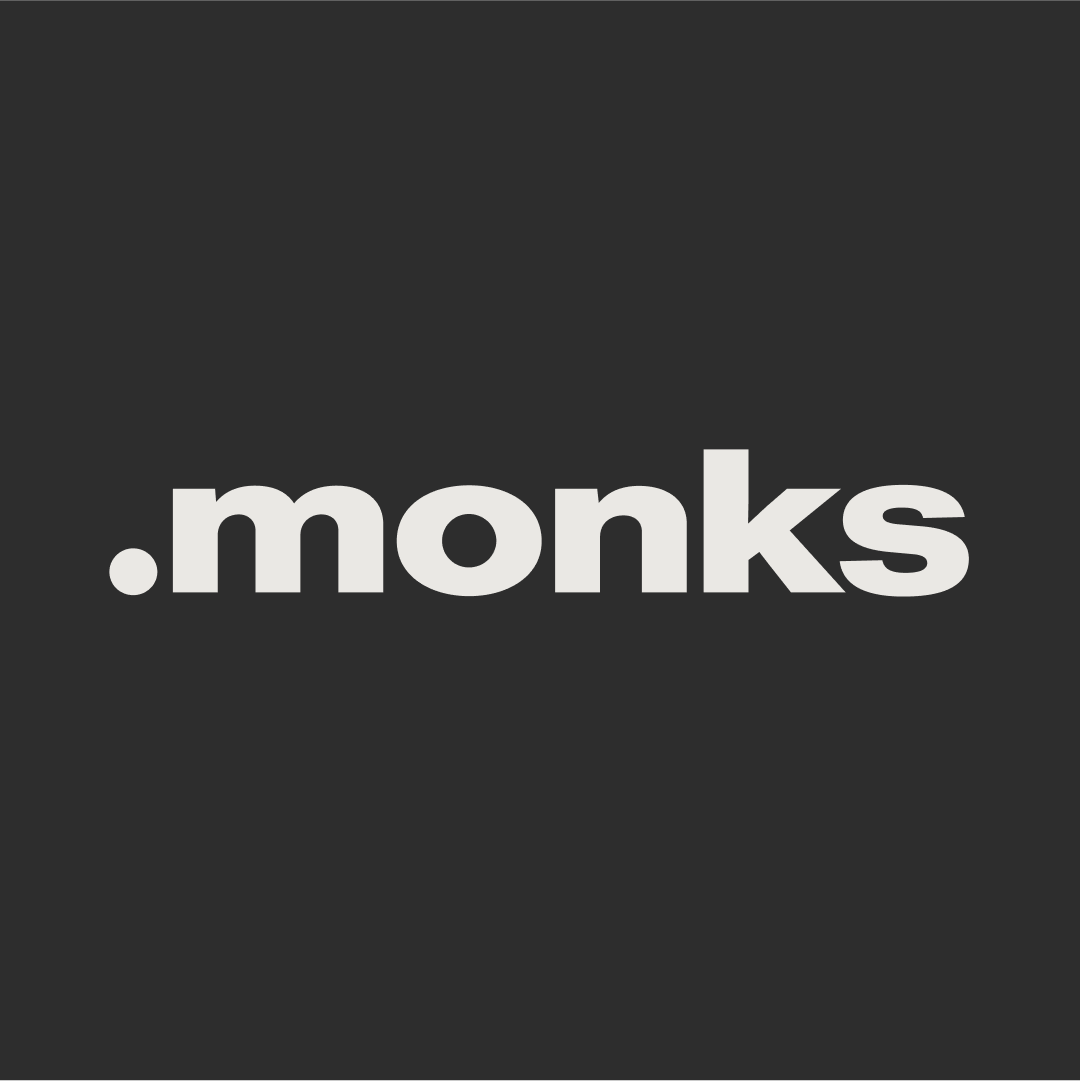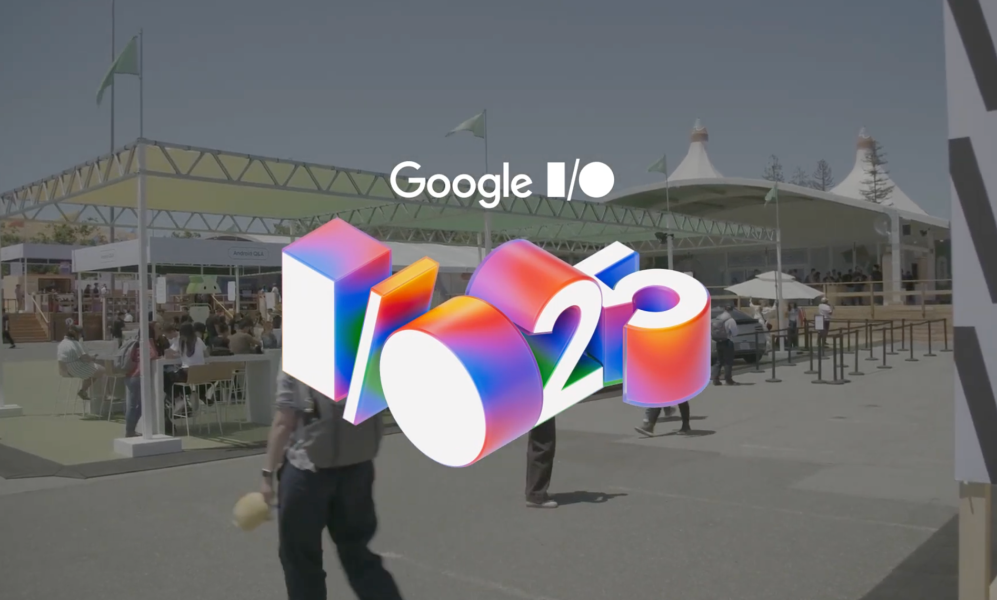When Automation and Creativity Collide

Earlier this year, Adobe’s Digital Trends for Creative and Design Leaders report showed that front-end customer experiences had become a key differentiator for brands, though only 28% of creatives and marketers felt their company did an excellent job at personalizing content across consumer touch points. Fast-forward to now, and it doesn’t seem like much has changed.
According to Adobe’s new State of Creative and Marketing Collaboration Survey, 59% of marketers agree that it’s difficult to personalize content at scale, in part because of the time it takes to generate content. While everyone seems to agree that personalization is important (creative and agency leaders both cited it as the most exciting medium-term opportunity in the earlier report), keeping up with the pace of user demand is a considerable challenge.
Delivering at scale with a greater speed requires organizations to rethink their creative culture process. One example of how you can achieve this is with smart production, which enables you to generate dozens (if not hundreds) of assets customized to persona or location. Starting with just a handful of assets or a single shoot, smart production shows what brands are capable of when revising their creative framework to the technologies available today.
59% of marketers agree that it’s difficult to personalize content at scale.
Foster a More Creative Environment
High-ranking businesses in the McKinsey Design Index (which measures an organization’s strength in design with respect to financial performance) outperformed industry benchmark growth as much as two to one across industries. They also resulted in higher revenue growth and returns to shareholders than their less design-focused counterparts. This is because a creative culture is key to developing standout content that differentiates a brand.
Another big factor is digital maturity. The Adobe State of Creative and Marketing Survey reported that 59% of organizations that consider themselves digitally mature say they are outperforming competition—something only 39% of other companies can say. They were also more likely to cite marketing as a differentiation for their organization.
The numbers indicate organizations must catch up to the technologies available today to create personalized content. Fostering a creative environment can be a great way to futureproof an organization and target the skills necessary for new digital marketing opportunities. Raising skill visibility or keeping the creative juices flowing by encouraging side projects is another great way for organizations to remain adaptive. This is particularly useful for organizations that are design-focused, yet still notice significant skill gaps.
Don’t Shun Data and Automation—Work with It
Quality of content is top-of-mind for designers and marketers, ranking as a higher priority than cost and personalization. This suggests no one wants to sacrifice quality for more accurate personalization or a faster output. While data-led marketing, bolstered by AI and machine learning, can help marketers keep up with growing user expectation and demand for constant content, many worry that doing so could cheapen the content quality or stifle creativity.
59% of digitally mature organizations say they outperform competition.
But having a clear understanding of user behavior and interests can free up time to focus on creative work by better defining personas or use cases—or even provide new creative opportunities. And while personalization is less important to marketers than overall content quality, it’s worth mentioning that the two aren’t mutually exclusive: content that’s more relevant to audiences is certainly more resonant. In their primer on workplace creativity, Harvard Business Review made the genius analogy of Leonardo da Vinci, who drew on science to support his creative ideas. Likewise, today’s brands can discover a wide breadth of opportunities for storytelling with today’s tools at their disposal.
The typical pain point here is outdated workflows which slow teams down. But with pressure to deliver large amounts of timely, personalized content, creative teams don’t have time to spare tied up in red tape. One of the most effective ways to work more creatively with data is to break down silos within the organization and allow for more cross-functional collaboration.
In general, organizations will need to rely on entirely new ways of thinking in the creative process to generate massive amounts of personalized content at scale. Leveraging today’s technologies like smart production don’t only allow you to cater to specific personas; it also lets you frame your messaging to several different platforms and touchpoints where consumers might come in contact with your organization, allowing for engaging integrated campaigns with much less effort.
With their ideas and workflows optimized by using data productively, your design team becomes a more strategic and valuable asset within the organization—which in turn allows you to better reach your business goals. Designing new creative frameworks enhanced by data and tech therefore equip organizations to become more agile and efficient in their marketing, maintaining a competitive edge to meet demanding output.
Related
Thinking
Sharpen your edge in a world that won't wait
Sign up to get email updates with actionable insights, cutting-edge research and proven strategies.
Monks needs the contact information you provide to us to contact you about our products and services. You may unsubscribe from these communications at any time. For information on how to unsubscribe, as well as our privacy practices and commitment to protecting your privacy, please review our Privacy Policy.



